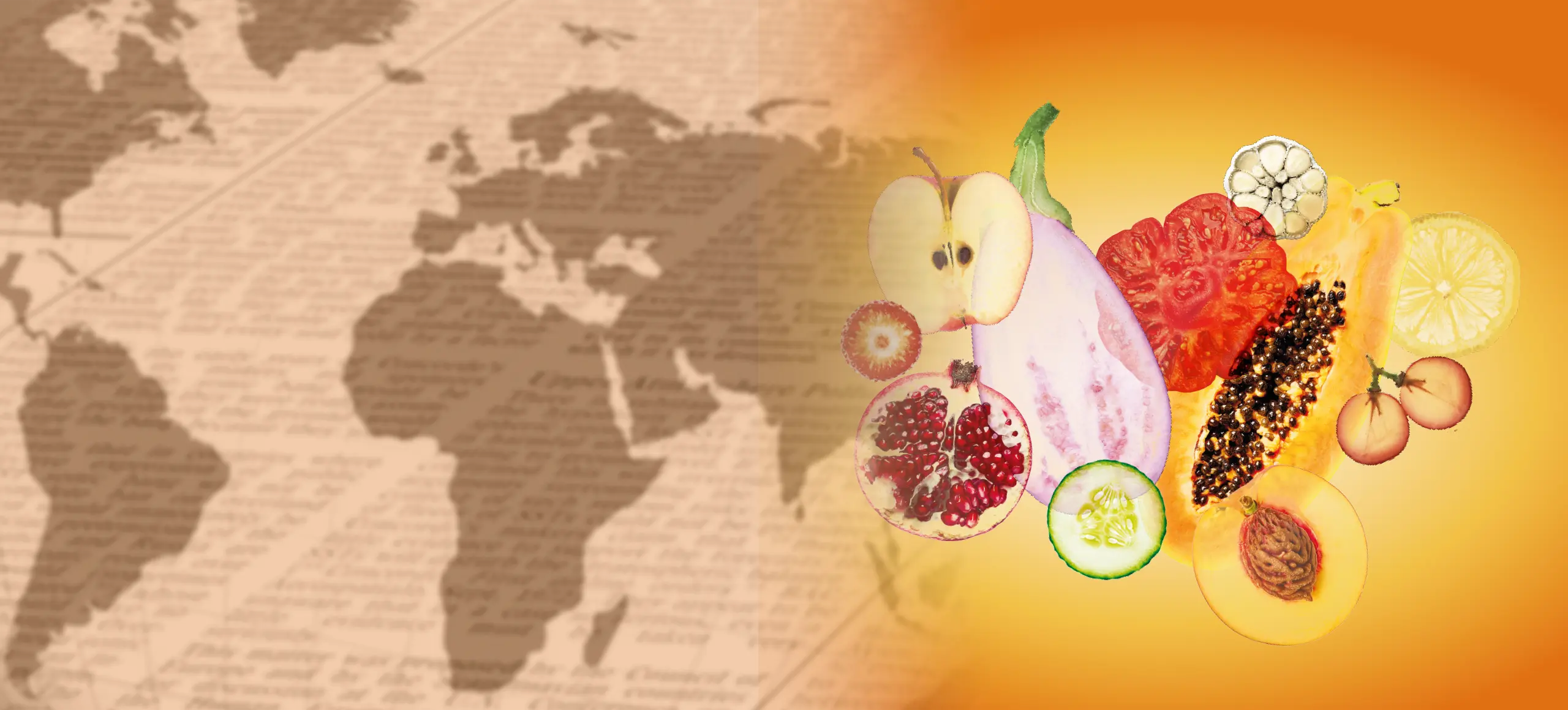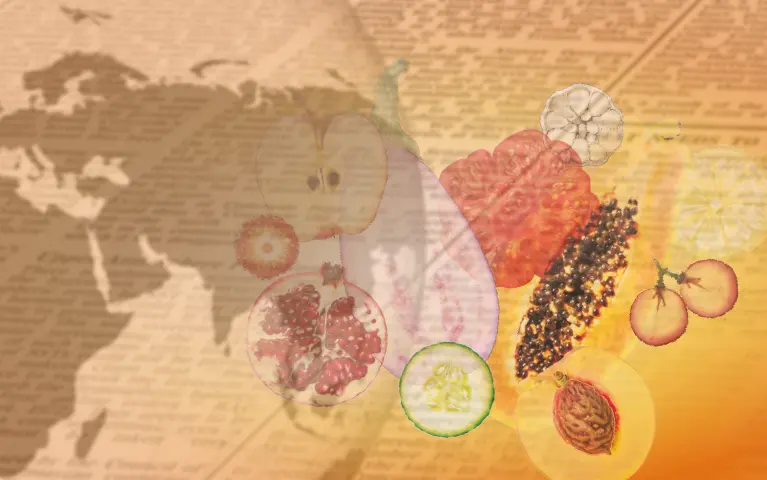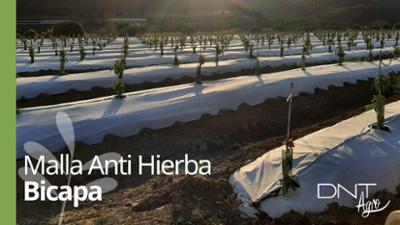

DNT Agro has developed a top product, the two-layer anti-grass netting.
DNT Agro is the line of nonwovens for the protection and biological and thermal control of crops, maximising crop yields, offering an optimal and sustainable solution to the problems of each crop.
Continuous innovation in the development of new applications for non-woven materials has led to the development of a cutting-edge product, the Two-Layer Weed Control Netting, a patented product certified in accordance with the requirements of the UNE-EN 15343:2008 standard by CAAE, an international certification body for Organic Production, allowing it to be used under organic farming protocols.
The two-layer Anti Weed Netting is made of non-woven waterproof material, with a reinforced protective treatment against UV radiation, which makes it more resistant for use in open fields. The most interesting feature that differentiates it from other nets for use in agriculture is its "two-layer" conditions, i.e. it is composed of a white and a black layer. Having two opposing colours in the same netting offers the possibility to take advantage of the benefits of both in one product.
The black layer maintains contact with the soil, constituting a barrier for weed control and providing an increase in temperature in the root zone, which favours the development of roots, guaranteeing their renewal. The white layer, which is the one that is visible, helps to regulate the soil temperature at times of maximum sunshine and more adverse conditions in summer, avoiding negative effects on the root system. Likewise, the reflection of the light in the white colour makes it reach the lower areas of the trees (where it does not normally reach), which in certain species improves the size and colour of the fruit in these areas, as well as homogenising the harvest on the tree.
The main benefits offered by this product are:
Controls the appearance of weeds
It regulates soil temperature and avoids root mortality by reducing the risk of "cooking" caused by excess temperature.
It increases the amount of light that reaches the lower areas of the plantation, helping the vegetative/productive balance in this area and improving the uniformity and quality of the harvest.
We are committed to circular transformation.
Stand 9A27






